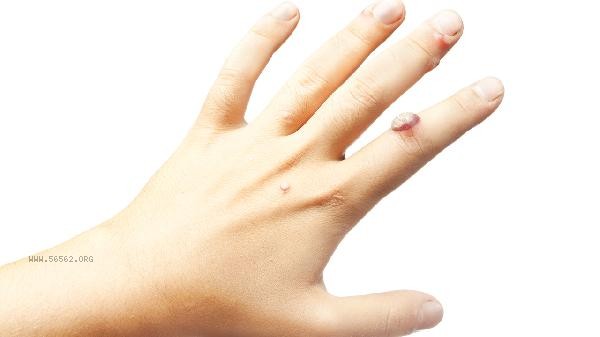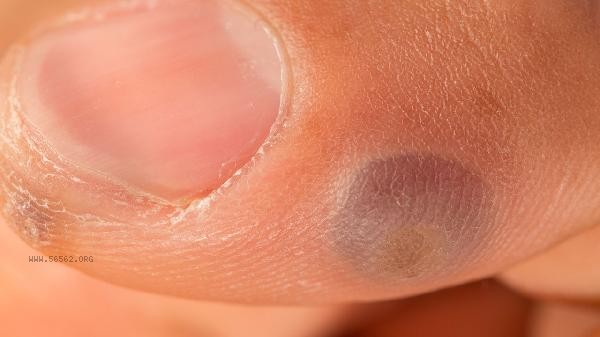Using scissors to self treat warts is not a formal treatment method. Although there has been no recurrence at present, the potential risk of infection and complications is high. It is recommended to seek medical treatment and testing in a timely manner to ensure health, and choose a scientific treatment method according to the situation.

1. Causes and characteristics of warts
Warts are a common skin disease caused by human papillomavirus (HPV) infection, which may manifest as common warts, flat warts, genital warts, etc. due to differences in virus types. Viruses are transmitted through direct contact and are more susceptible to infection when the immune system is weakened. Although self removal of warts can temporarily eliminate local proliferative tissue, it may cause the virus to remain under the skin, leading to an increased risk of recurrence or spread. Incorrect handling may lead to infection, and even cause local inflammation or scar hyperplasia.
2. Risk of self cutting
1. Risk of infection: If scissors are not strictly disinfected, skin damage may lead to further invasion of bacteria or viruses, resulting in secondary infections such as suppuration or inflammation.
2 Risk of recurrence: Warts are symptoms caused by viral infection, and physical elimination of surface tissues alone may not be able to remove the source of the virus. Hidden viruses may still be active and may recur or even spread to surrounding skin areas at any time.
3 Accidental injury to healthy tissues: Non professional operations may damage healthy skin tissues, affect local skin repair, and cause scar formation or functional abnormalities.
3. Scientific methods for treating warts
1. Cryotherapy: using liquid nitrogen freezing to cause necrosis and shedding of wart tissue, suitable for common warts, etc. It needs to be operated by professional doctors in the hospital.
2 electrocoagulation therapy: Using high-frequency current to cauterize the wart can not only remove the wart, but also effectively inhibit viral activity.
3 Laser Treatment: Precise removal of warts through laser technology, with minimal skin damage, suitable for difficult to treat areas.
4 drug therapy: For early-stage mild warts, topical drugs containing 5-fluorouracil, imiquimod, and other ingredients can be used to inhibit viral activity and promote tissue repair.
5 Boosting Immunity: Enhance immunity through healthy eating habits such as consuming foods rich in vitamin C, regular exercise, and ensuring sleep, thereby suppressing viral activity and reducing the risk of recurrence.
4. Reasonable prevention and follow-up management
Warts are viral diseases, and recurrence is not uncommon. Prevention and life management are crucial. Avoid sharing personal items such as towels and nail clippers, wash hands frequently, and keep the local skin clean and dry. For cases with signs of recurrence or transmission, timely follow-up visits should be made. Suggest conducting a virus screening to determine if there are any other potential issues that require intervention. The treatment of warts should be scientific and standardized to avoid serious consequences or the risk of recurrence. If you have a similar situation, it is recommended to immediately go to the hospital's dermatology department for examination and seek a formal treatment plan to ensure safety and health.





Comments (0)
Leave a Comment
No comments yet
Be the first to share your thoughts!